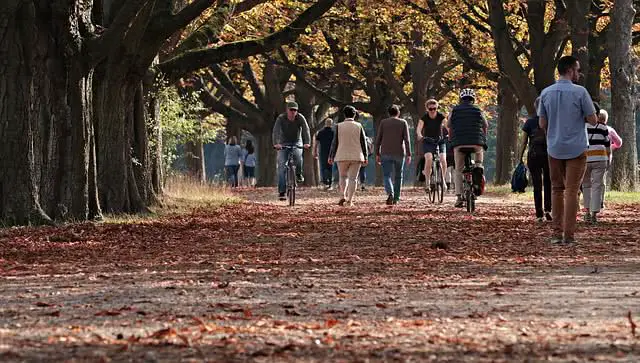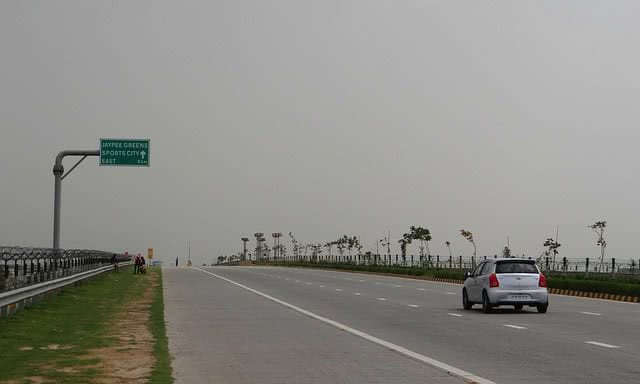Tactical Urbanism is a case-based approach to address urban problems through participatory design. Knowing what, is needed and wanted, and responding to locals is paramount to Tactical Urbanism. The open streets or street makeovers are the design concepts that are often chosen to reinvent urban streets to reclaim space for pedestrians and cyclists. Tactical urbanism is a participatory design approach involving the stakeholders themselves; it ensures direct participation and fulfillment of local demands. The long term resilience is assured as stakeholders are involved at every step. It requires far lesser financial resources making it very economical, at the same time very impactful. The gradual behavioral change in citizens to opt for walking or cycling can be one of the social achievements. Technically, the tactical urbanism is feasible as an instrument for change in urban areas because it requires less administrative personnel and re-adjustability of installations. The implementation of a new street makeover design involves minimum intervention making it less time-consuming. It incurs nominal costs and the tactical urbanism is believed to be a short-term action with a long-term change.

Related:Tactical Urbanism and its Implication
Providing safer and dedicated cycling lanes and sidewalks with painted demarcation/elevation and installation of route maps and lighting will encourage people to walk or cycle to their work. For example, Amsterdam, the paradise of cyclists had implemented sustainable mobility by building 500 Km of dedicated cycling lanes, as a result, 50% of the city’s commuters use cycles every day.
By earmarking a locality, a street design can be prepared based on its social and demographic elements and implemented with minimum intervention. Delhi has a huge student population which can be influenced behaviorally if the streets they commute are redesigned for walking and cycling. It is implementable in localities with high old-age population to improve livability and accessibility by street makeovers. It requires minimum intervention but support from the municipality is essential. These strategic actions and planning will also encourage people to walk or cycle to bus stops and metro stations. This will promote use of public transport and reduce the use of personal vehicles and thereby reduce congestion on roads and vehicular emissions.

Tactical urbanism can be effective to solve the problem of high vehicular emissions by promoting access to space for pedestrians and cyclists. Vehicular emission is one of the highest contributors to Delhi’s pollution. A study by IIT, Kharagpur revealed that 9% of PM10 and 20% of PM2.5 of Delhi’s air quality index is emitted by vehicles. There has been a 40% hike in emissions from the transportation sector from 2010 to 2018. The increasing growth in personal vehicles due to expanding middle-class and absolute growth in the population itself might worsen the situation further if ignored to deal with. A shift in current pollution consequential urban mobility to sustainable mobility by promoting pedestrianism and cycling would result in a gradual decline in vehicular emissions.
Tactical urbanism as an instrument to instigate change with realistic expectations is very often implemented in countries with urban activism and sustainability promoting urban communities. There are many examples across the globe proving the effectiveness of tactical urbanism like the cases of cities like New York, San Francisco, and Sydney etc.
Also Read:What is New Urbanism? | Definition, Concept & Benefits
Very interesting